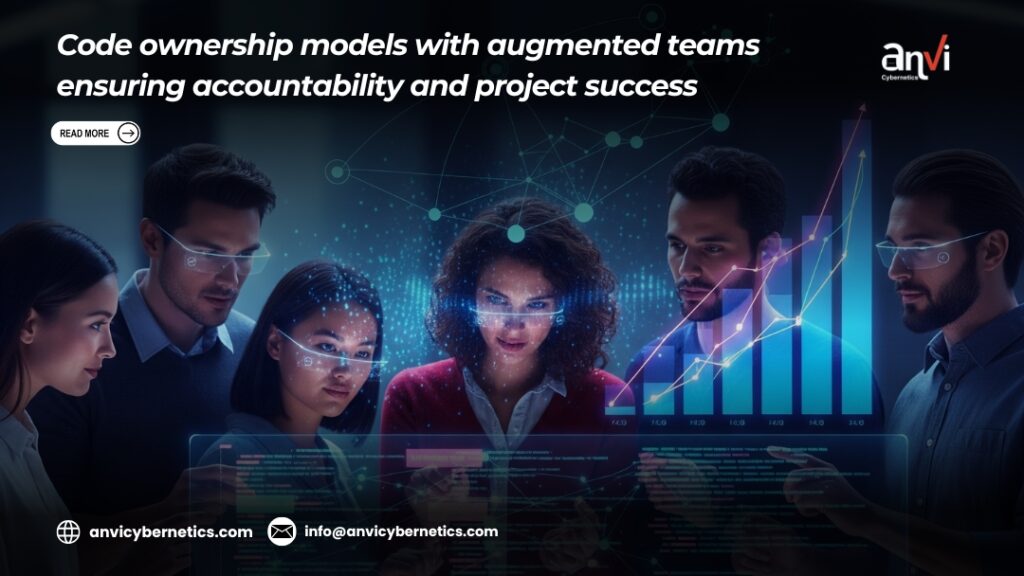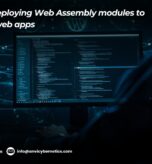
Code Ownership Models with Augmented Teams: Clear Boundaries & SLAs
Introduction
When companies adopt staff augmentation, they often focus on speed and access to talent. Yet, one of the most overlooked aspects is code ownership — who is responsible for what, when multiple teams contribute to the same codebase?
Without a well-defined ownership model and service level agreements (SLAs), augmented teams can introduce misalignments, duplicated work, or worse, unmaintained critical code.
In this blog, we’ll explore practical code ownership models with augmented teams, why they matter and how to set clear boundaries and SLAs that protect product quality and business outcomes.
Why Code Ownership Matters in Staff Augmentation
Common Code Ownership Models
1. Module-Based Ownership
2. Collective Ownership
3. Layered Ownership
4. Feature-Based Ownership
5.Hybrid Models
Setting Clear Boundaries
The Role of SLAs in Code Ownership
Best Practices for Implementing Ownership Models with Augmented Teams
Example Scenarios
E-commerce App:
SaaS Platform:
Mobile App Development:
Promotional Spotlight
Clear code ownership models with augmented teams reduce risk, boost accountability and accelerate delivery. At Anvi Cybernetics, staff augmentation services ensure seamless integration with your existing teams. With vetted engineers, transparent SLAs and proven knowledge transfer protocols, you get flexible scale without losing control.
👉 Explore Staff Augmentation Services
👉 Explore our Mobile App Development Services
External Tools & Resources
Conclusion
Code ownership models with augmented teams are not just technical decisions — they are business safeguards. By setting clear boundaries, defining SLAs and leveraging tools to automate accountability, companies can scale confidently while keeping projects secure and maintainable.




